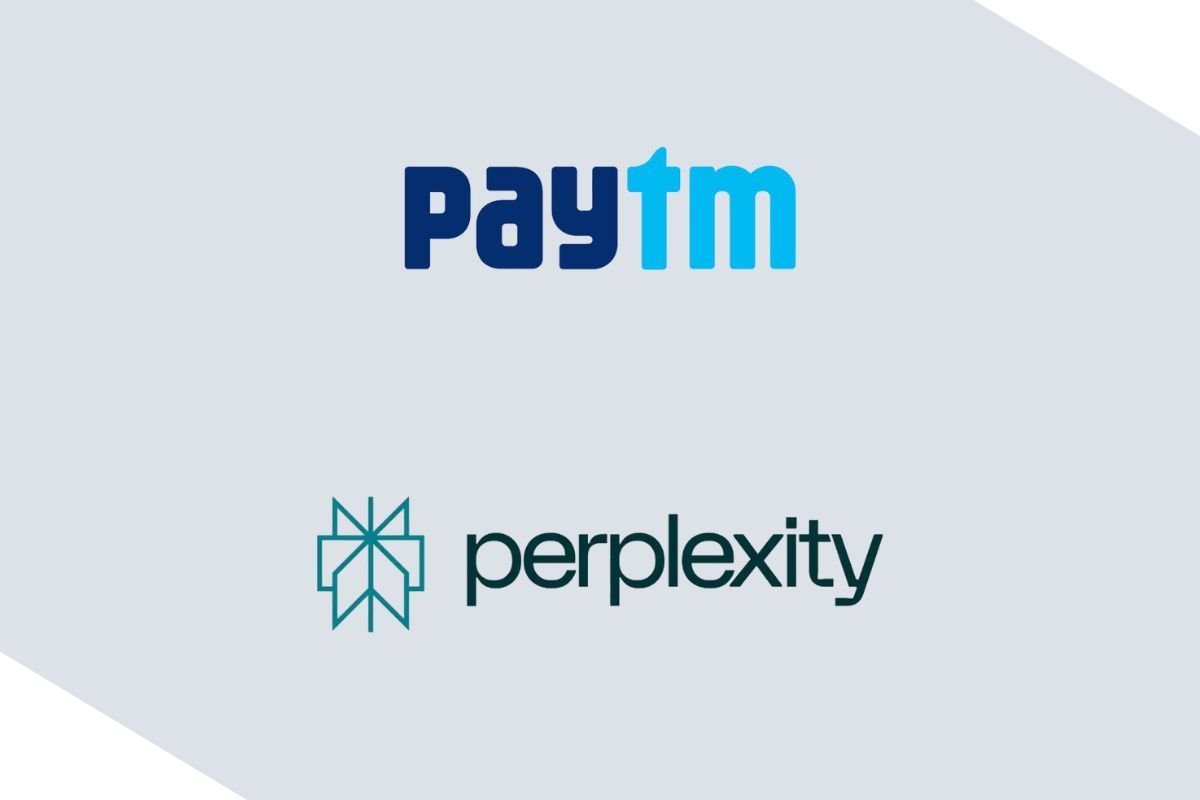Dark patterns in e-commerce 2025 have become a major concern as digital marketplaces increasingly employ manipulative tactics to influence consumer behavior. In November 2023, the Indian Medical Association (IMA) filed a lawsuit against Patanjali Ayurved, accusing the company of promoting misleading advertisements that falsely claimed their products could cure several diseases without any scientific validation. As a result, the Supreme Court of India took a firm stand against Patanjali and warned the company to withdraw its “false” and “misleading” advertisements. This high-profile case didn’t just highlight the ethical concerns around misleading advertising—it also shed light on a broader issue: deceptive marketing tactics that trick consumers into making unintended choices.
The legal action against Patanjali sparked a nationwide conversation about how common these deceptive practices are in India’s digital marketplace, leading to calls for tougher regulations and more transparency to better protect consumers. As India’s e-commerce sector continues to grow at a fast pace, it’s crucial to understand and address the impact of dark patterns in e-commerce 2025. This article takes a closer look at the different aspects of dark patterns in e-commerce 2025, exploring how they affect both consumers and businesses and discussing ways to create a more transparent and trustworthy online marketplace.
The Hidden Strategies of Dark Patterns in Ecommerce 2025: How Consumers Are Being Deceived
User experience designer Dr. Harry Brignull coined the term dark patterns in 2010 to describe deceptive design strategies embedded within digital interfaces. These tactics exploit cognitive biases and psychological triggers to subtly manipulate user behavior, often leading individuals to make choices they may not have intended. By disguising misleading prompts as seamless interactions, dark patterns prioritize business interests over consumer autonomy, influencing decisions in ways that benefit companies at the expense of user control.
As India’s digital marketplace expands, consumers are being subtly steered by deceptive design tactics that influence their purchasing decisions, often without their awareness. These manipulative strategies have drawn increased regulatory scrutiny, highlighting the need for greater transparency. Here are some of the most common dark patterns in e-commerce 2025:
- Sneak into Basket
Some platforms automatically add items—such as insurance, accessories, or bundled products—to the shopping cart without explicit consent. During major sales, consumers have reported seeing unwanted add-ons like extended warranties or low-cost accessories pre-selected at checkout, leading to unintended purchases. - False Urgency and Scarcity Tactics
Many online retailers display misleading countdown timers or stock scarcity messages, such as “Only 1 left!” or “Hurry! Offer expires in 10 minutes”—even when ample stock remains or discounts are not truly time-sensitive. During festive sales in October 2024, numerous complaints surfaced about false urgency being used to pressure consumers into hasty decisions. - Hidden Costs
Unexpected charges, such as convenience fees, handling charges, or mandatory add-ons, often appear only at the final payment stage. For instance, some platforms reveal extra delivery fees or platform service charges just before checkout, catching buyers off guard. - Forced Continuity
Subscription-based services and free trials frequently make cancellations difficult, leading to unexpected auto-renewals. Many Indian consumers have struggled with platforms that provide no easy way to unsubscribe or deliberately hide the cancellation option under multiple layers of settings. - Privacy Zuckering
Users are often tricked into sharing more personal data than intended through misleading privacy settings or consent forms. Some e-commerce and fintech apps in India bury data-sharing permissions within complex terms and conditions, automatically opting users into extensive data tracking. - Bait and Switch
E-commerce platforms sometimes lure customers with attractive product listings, only to change key details—such as price, features, or availability—at checkout. Consumers frequently report discounts vanishing or substituted products being pushed without consent. - Subscription Traps
Certain platforms push users toward recurring payments without clear disclosure. Free trial sign-ups often lead to hidden auto-renewals, with cancellation options buried deep in account settings. - Confirmshaming
Guilt-tripping users into making a purchase or subscribing by framing opt-out choices negatively—such as “No thanks, I don’t want a great deal”—is a common tactic found in Indian e-commerce checkout flows. - Misdirection
By emphasizing one action over another—such as highlighting the “Buy Now” button in bold while making the “Add to Cart” or “See Details” option barely visible—platforms subtly influence consumer decisions in their favor. - Drip Pricing
Customers are initially shown a lower price, with additional mandatory fees (like service charges or handling fees) revealed only at the final checkout stage, making cost comparison difficult. - Interface Interference
Platforms intentionally design confusing layouts, making it hard to locate key actions like refunds, returns, or cancellations. Poorly labeled buttons and misleading interface elements push users toward unintended decisions. - Forced Action
Some e-commerce sites require users to sign up, provide personal information, or agree to additional terms before accessing products or services, leaving them with little choice but to comply.
These deceptive practices have led Indian regulators, including the Central Consumer Protection Authority (CCPA) and the Department of Consumer Affairs (DoCA), to enforce stricter regulations against violators. As e-commerce continues to thrive, ensuring transparency and ethical digital practices will be crucial to maintaining consumer trust.
Regulating Deception: India’s Push Against Dark Patterns in E-Commerce 2025
Indian regulators are stepping up their fight against deceptive online tactics as dark patterns become more prevalent in e-commerce. In December 2024, the Department of Consumer Affairs (DoCA) introduced strict guidelines to curb manipulative practices like sneaky cart additions, fake urgency, hidden fees, and deliberately difficult subscription cancellations. Now, e-commerce platforms must obtain clear user consent for all transactions and disclose costs upfront—or face penalties.
The festive sales season in October 2024 brought these issues into sharp focus, with a surge in consumer complaints exposing how platforms pressured shoppers with misleading sales tactics. In response, the Central Consumer Protection Authority (CCPA) ramped up enforcement, making it clear that companies can no longer exploit consumers through deceptive design.
While consumer protection efforts intensified, regulators also turned their attention to market fairness. In September 2024, the Competition Commission of India (CCI) found that major e-commerce players like Amazon and Flipkart were favoring certain sellers and using deep discounting strategies that distorted competition. Many of these tactics relied on dark patterns—misleading shoppers about pricing, availability, and discounts. This sparked calls for tighter regulations to create a fairer, more transparent digital marketplace.
By cracking down on dark patterns, regulators aim to reshape India’s e-commerce landscape, ensuring fair competition and restoring consumer trust in online shopping.
How Consumers Can Protect Themselves
Dark patterns can be tricky to spot, but awareness is the first step. Before making a purchase, watch for tactics like hidden fees, misleading countdown timers, and pre-selected add-ons. If a deal seems too good to be true, double-check the fine print. Always take your time while shopping—businesses rely on impulse decisions, so slowing down and questioning urgency-based prompts can help you avoid falling into these traps. When signing up for subscriptions, look for clear cancellation policies and opt out of unnecessary data-sharing permissions.
Interestingly, several tools can help counter manipulative designs. Browser extensions like Dark Reader, uBlock Origin, and Privacy Badger can block deceptive pop-ups, track hidden fees, and improve transparency. In India, consumers also have legal protections under the Consumer Protection Act, 2019, and recent guidelines against dark patterns. If you suspect foul play, you can report misleading e-commerce practices to the Central Consumer Protection Authority (CCPA) or file complaints through the National Consumer Helpline (NCH). Staying informed and exercising your rights can help create a fairer, more honest online shopping experience.
The Future of Ethical E-Commerce in India
As India’s digital marketplace evolves, e-commerce platforms face a crucial challenge—how to grow profitably without resorting to manipulative tactics. While dark patterns in e-commerce 2025 might boost short-term sales, they ultimately damage consumer trust. On the other hand, businesses that prioritize transparency, fair pricing, and honest communication will stand out as shoppers become more aware and selective. Ethical design isn’t about limiting profits—it’s about creating lasting relationships with customers based on trust, not deception.
With regulators like the Department of Consumer Affairs (DoCA) and the Central Consumer Protection Authority (CCPA) cracking down on deceptive practices, businesses will need to adapt. At the same time, advocacy groups and consumer watchdogs are holding companies accountable and pushing for stronger protections. As more shoppers demand fair treatment, the future of Indian e-commerce won’t just be about technology and convenience—it will be shaped by integrity and responsible business practices.






